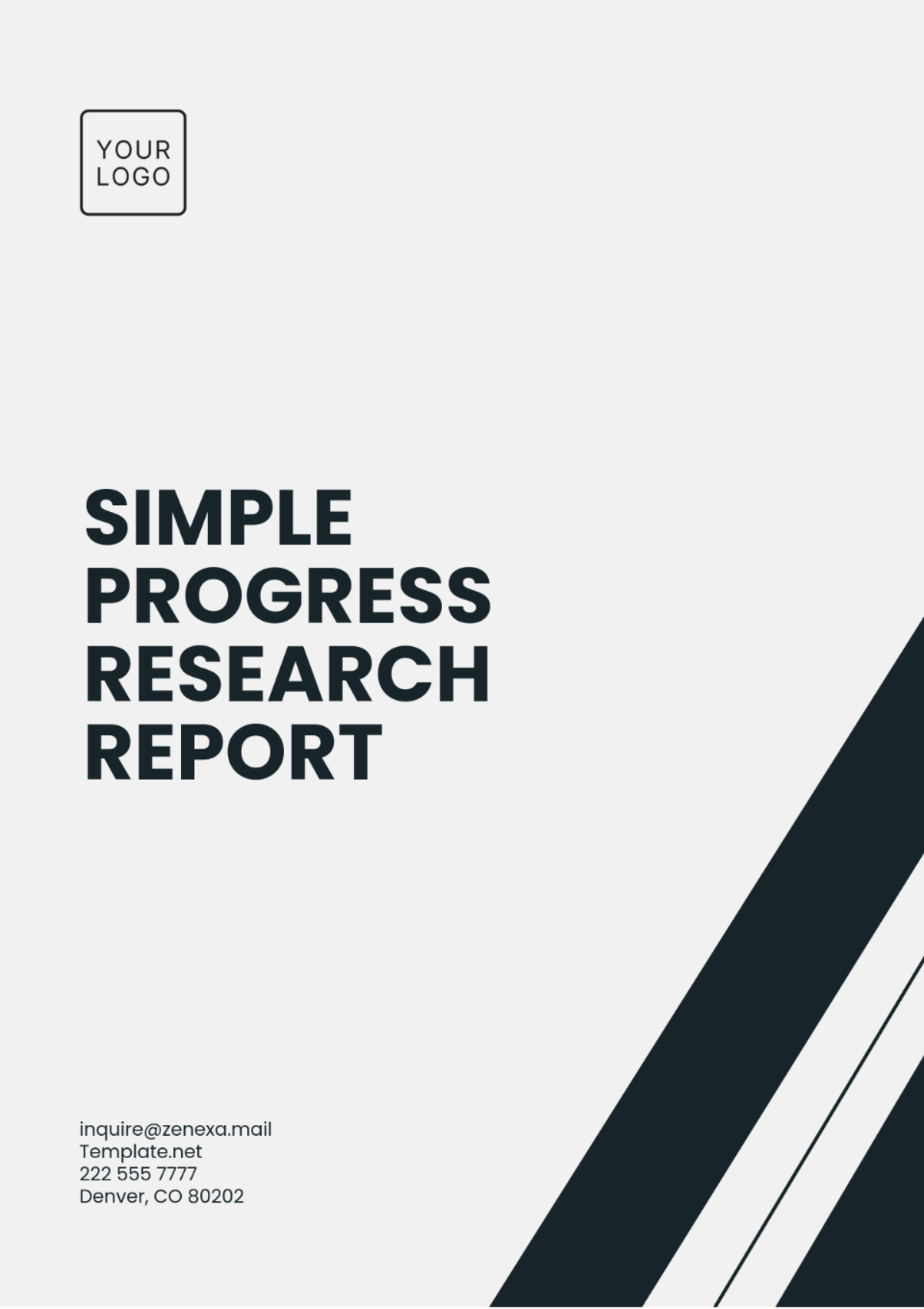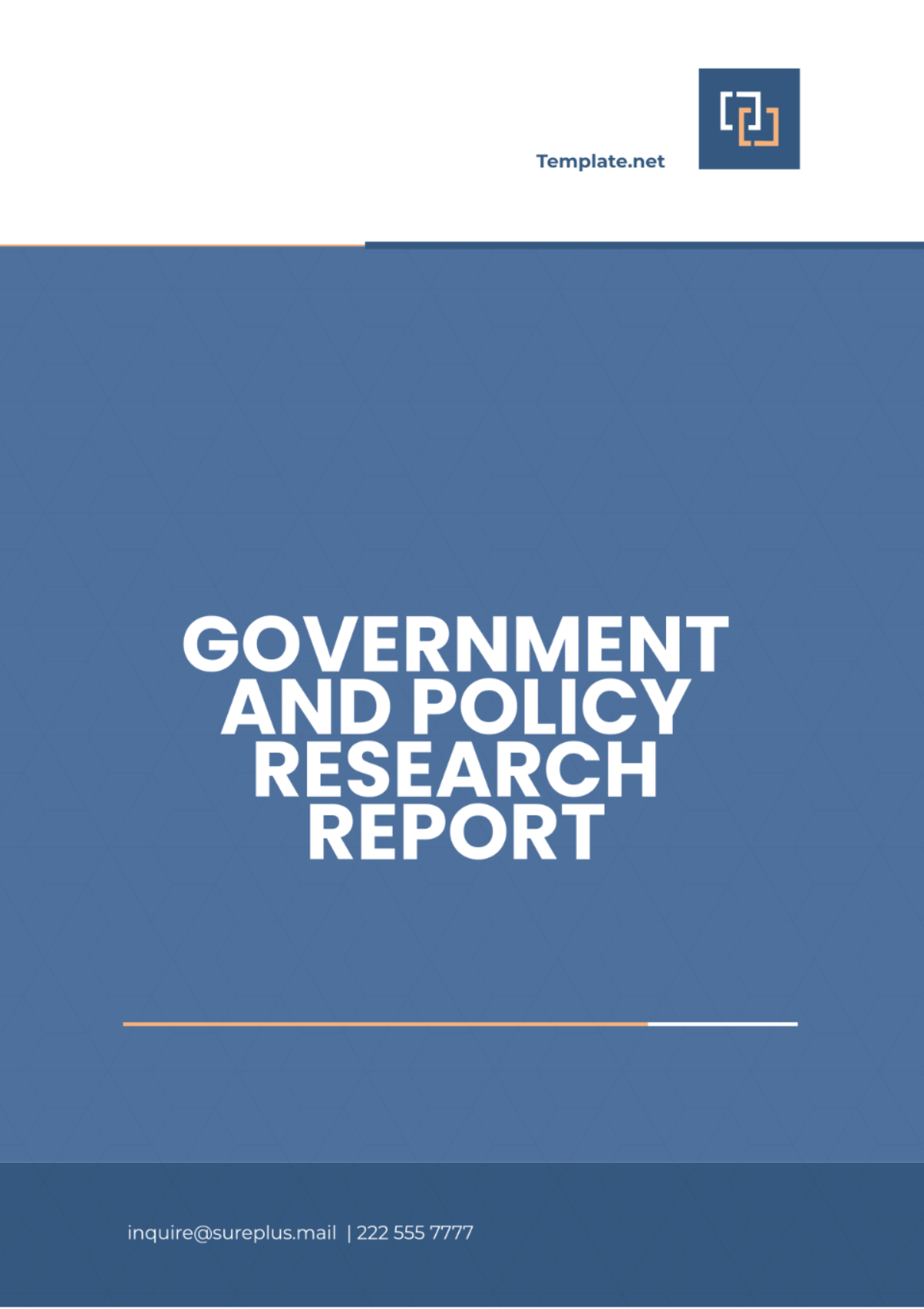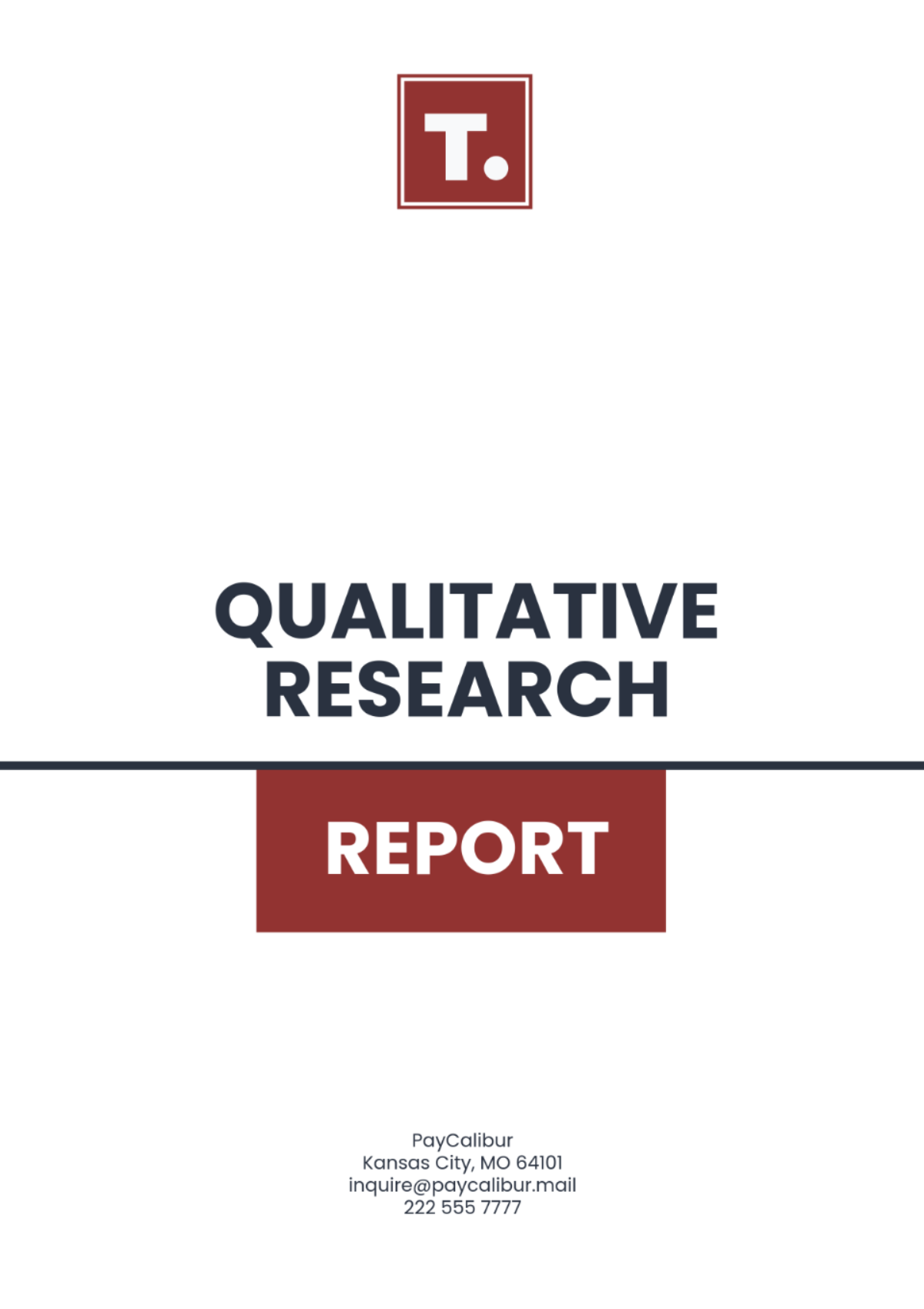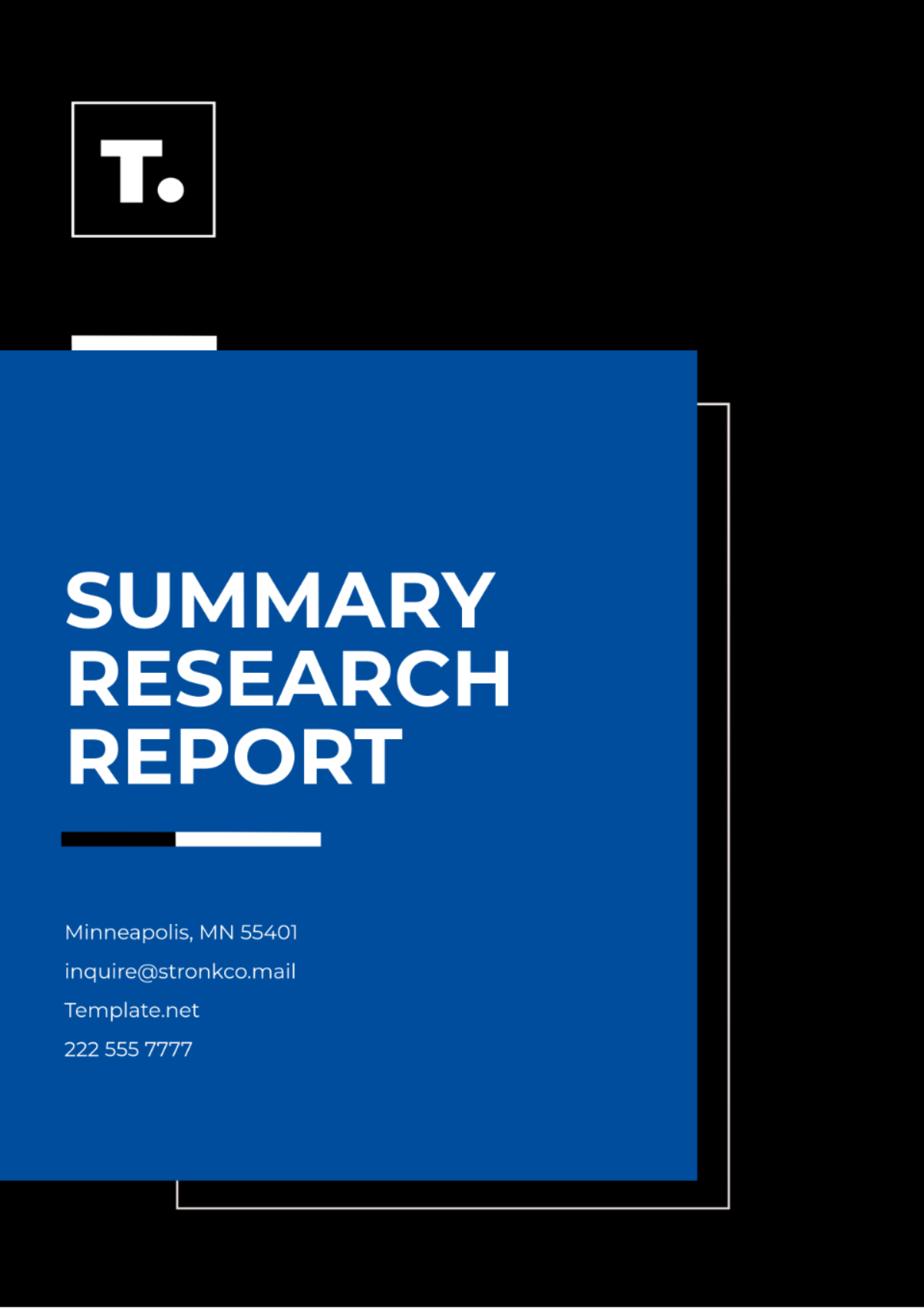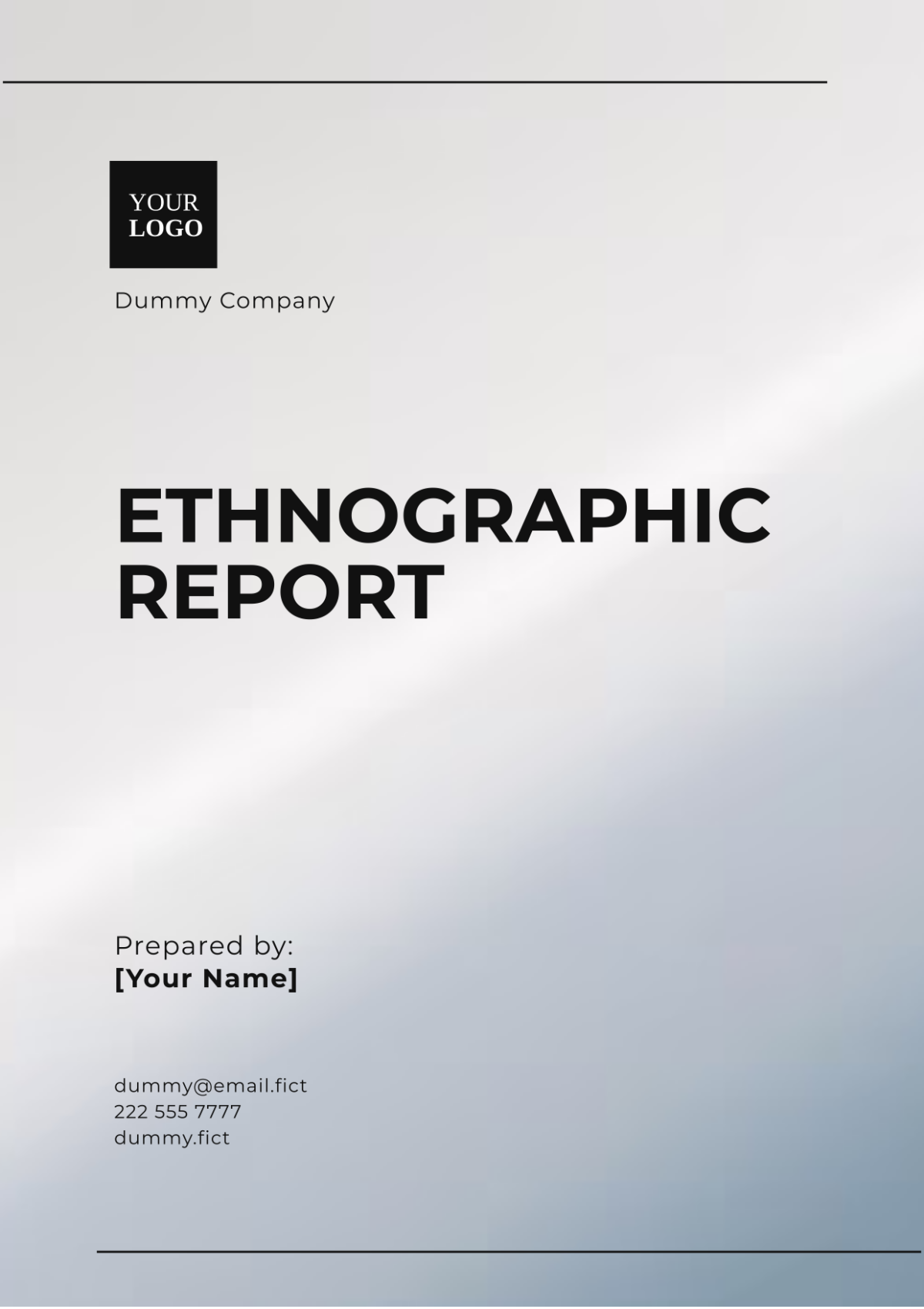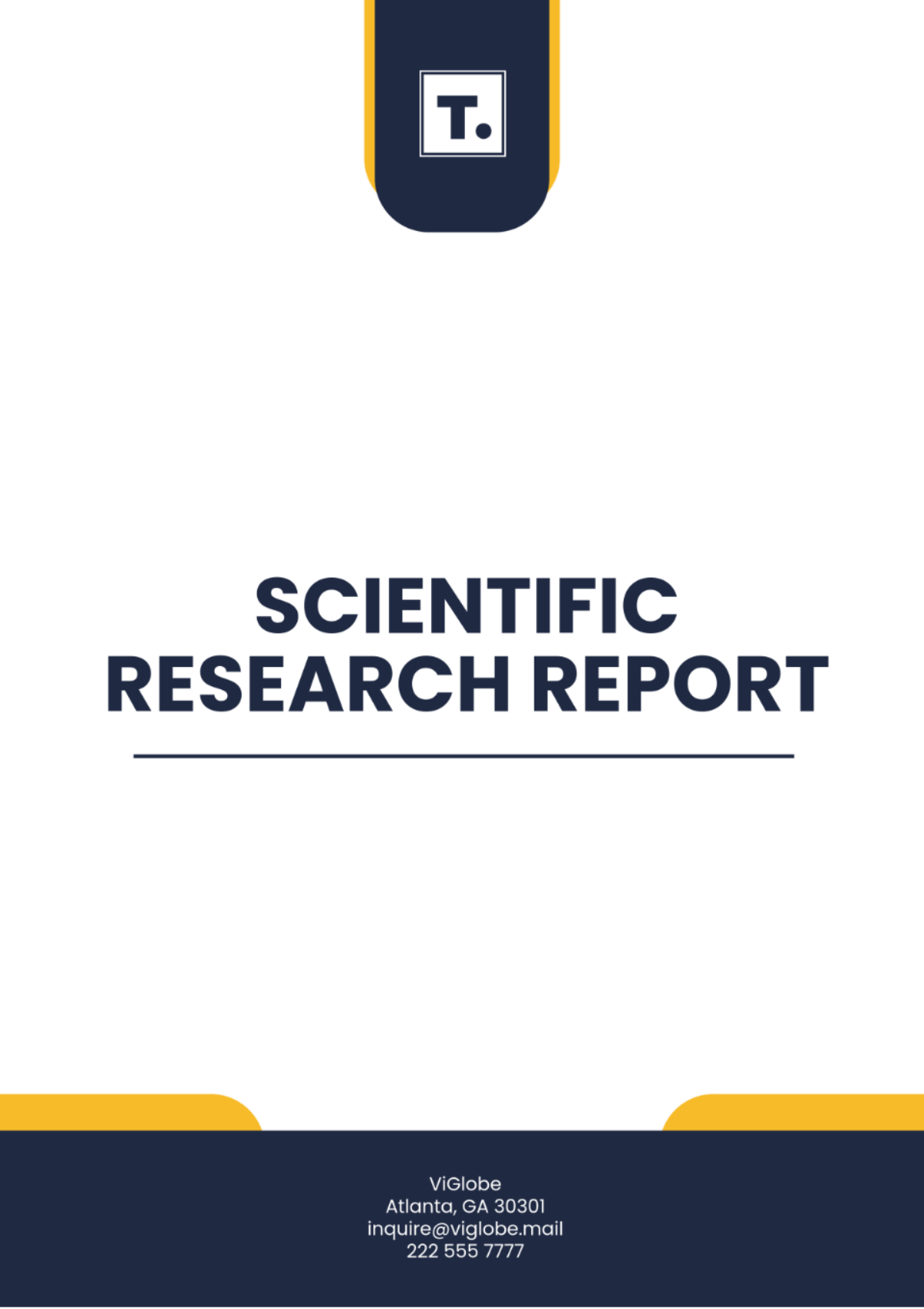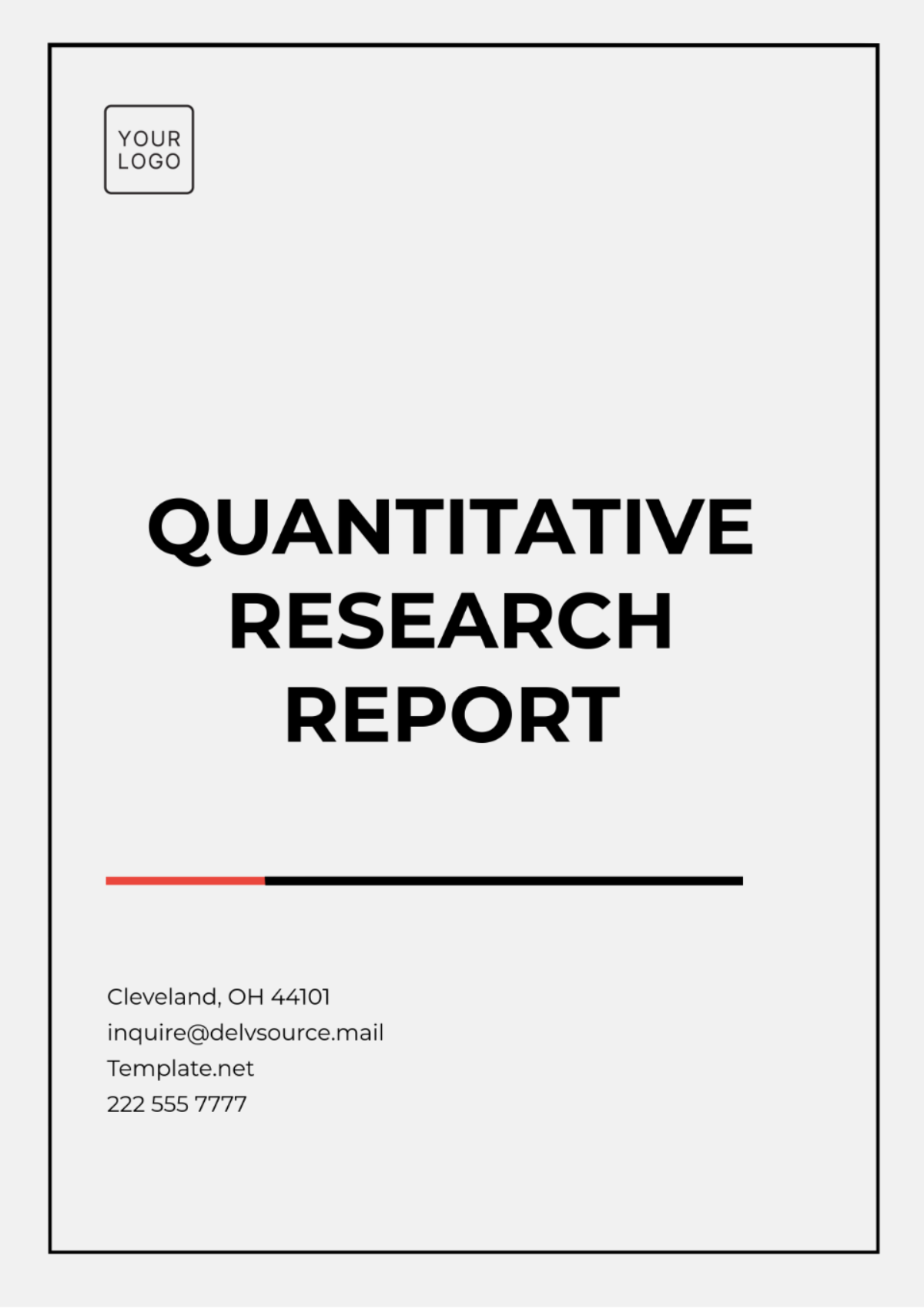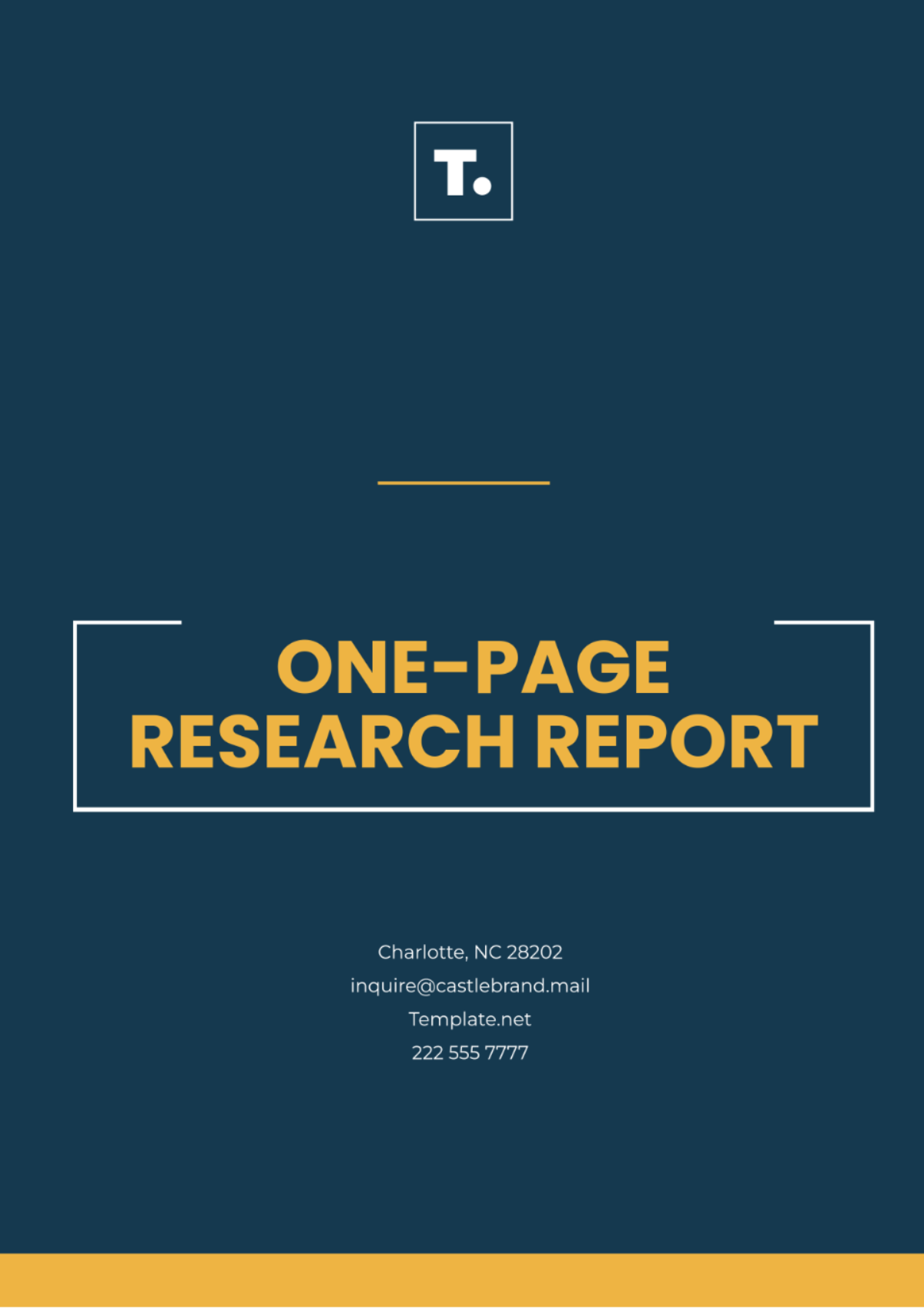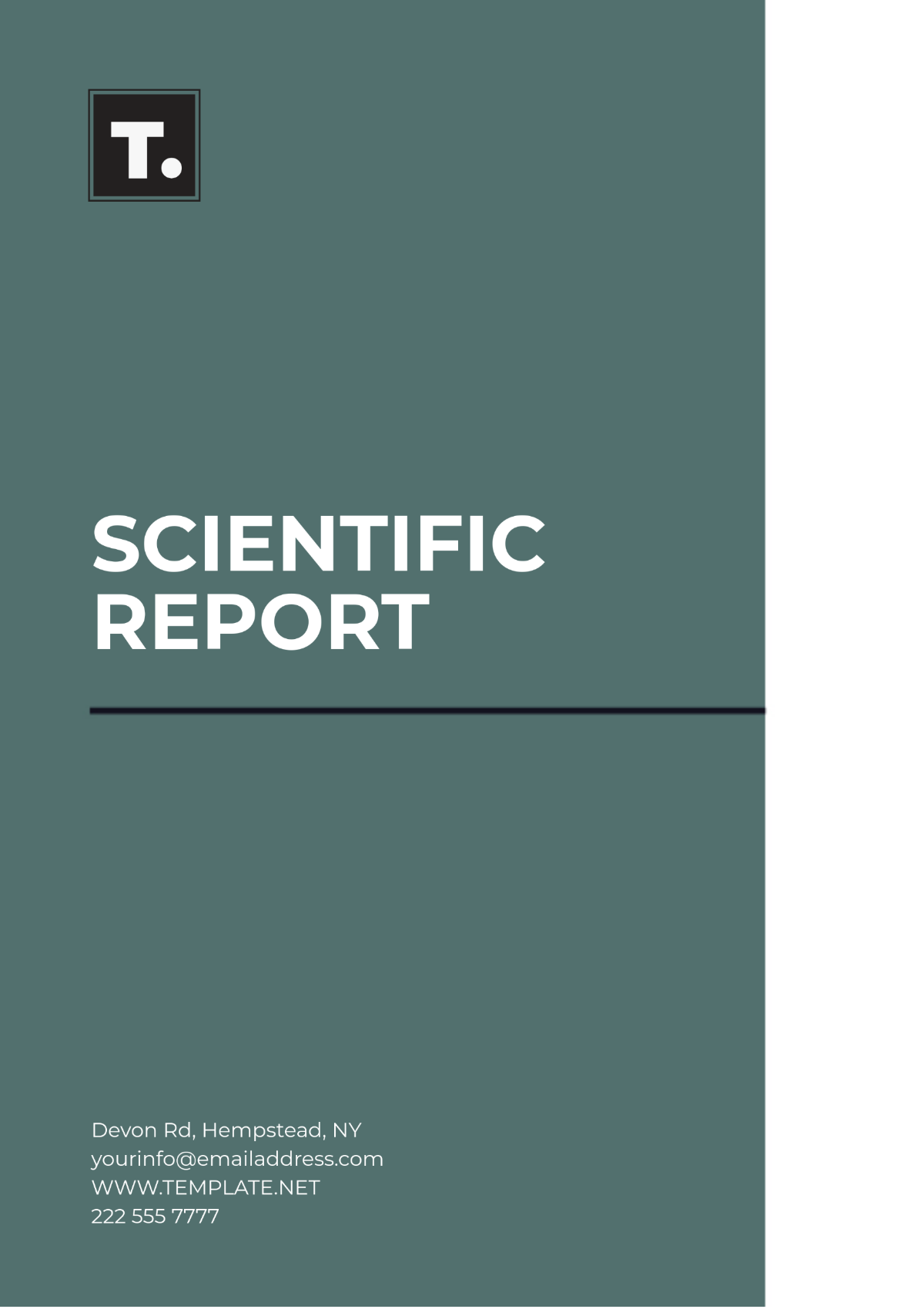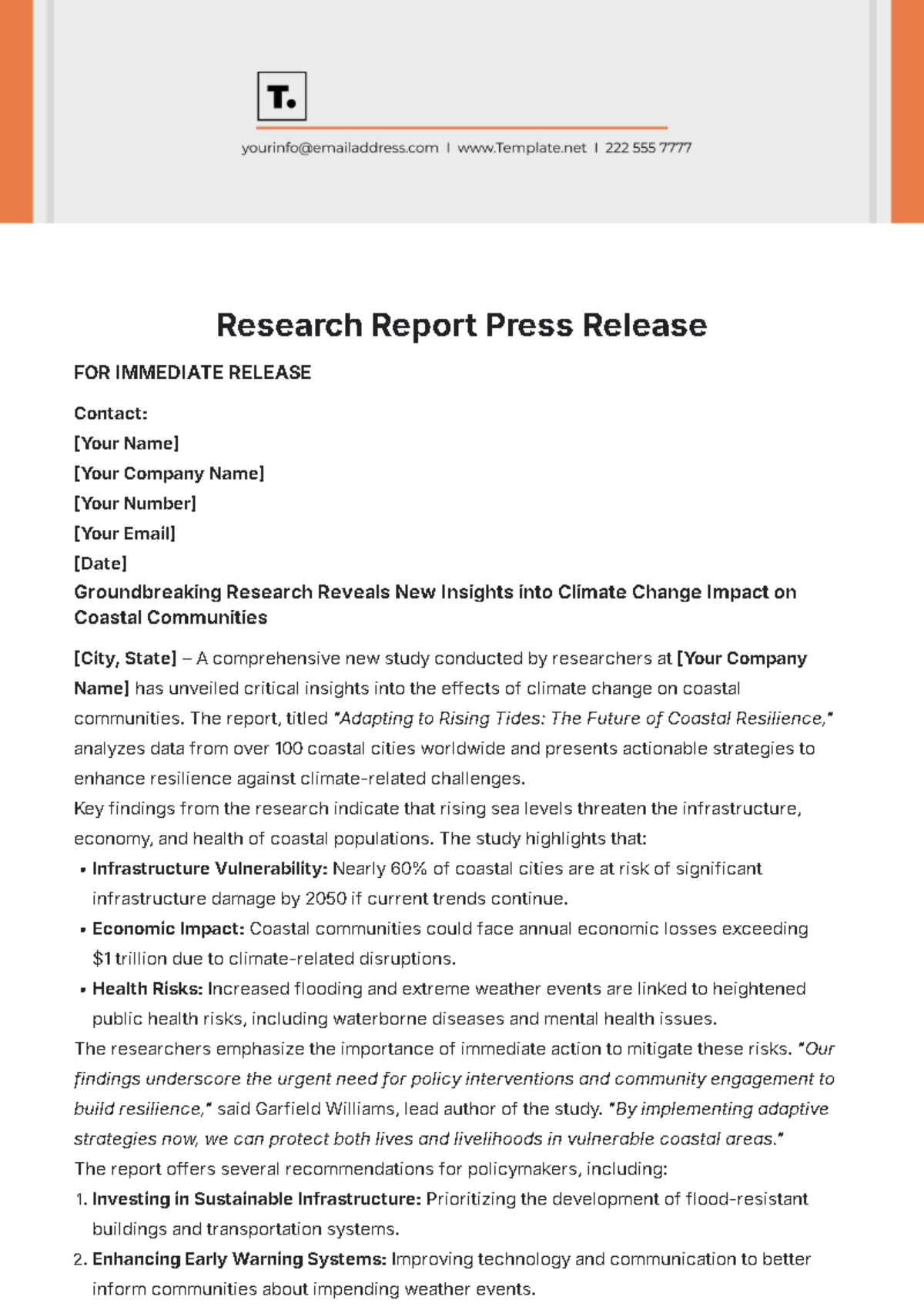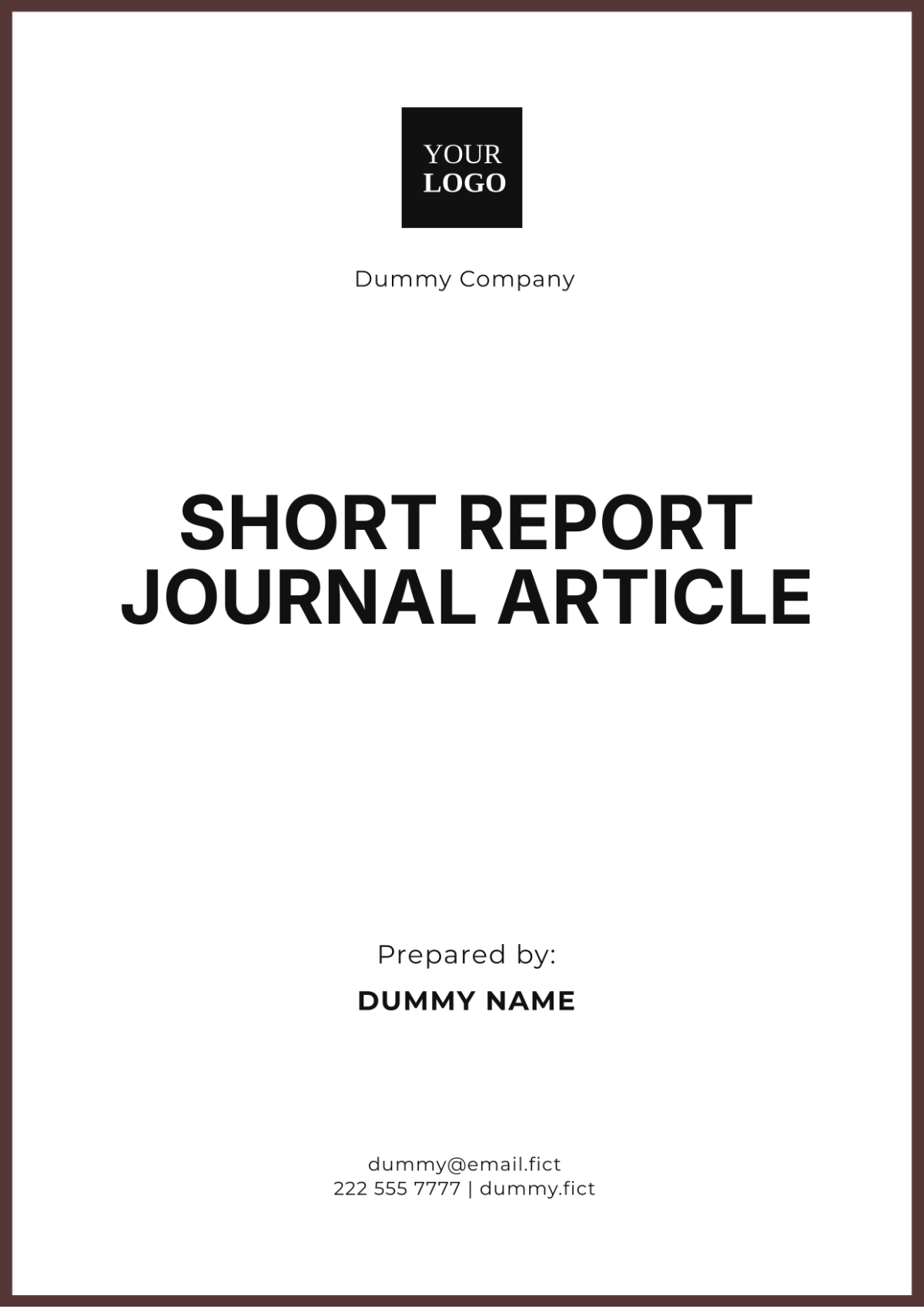Research Report Format
Research Title: | Market Analysis and Future Trends in Renewable Energy |
|---|---|
Author(s): | [Your Name] |
Institution: | [Your Company Name] |
Date: | March 21, 2050 |
I. Executive Summary
The renewable energy sector has witnessed significant growth over the past decade. This report provides a comprehensive analysis of the market, highlighting key trends, challenges, and opportunities.
II. Introduction
A. Purpose of the Study
The purpose of this research is to analyze the current state of the renewable energy market and forecast its future trends up to the year 2070.
B. Scope of the Study
This report covers different types of renewable energy sources including solar, wind, hydro, and geothermal energy. It also evaluates the impact of government policies and technological advancements on market growth.
III. Methodology
A. Data Collection
Primary Sources: Interviews with industry experts and surveys.
Secondary Sources: Industry reports, academic journals, and market analysis reports.
B. Analytical Tools
Various analytical tools such as SWOT Analysis, PESTEL Analysis, and trend projection models have been used to derive insights.
IV. Market Analysis
A. Current Market Size and Growth Rate
The renewable energy market was valued at $600 billion in 2050 and is projected to grow at a CAGR of 7% from 2050 to 2070.
B. Key Market Segments
The market is segmented based on energy sources:
Solar Energy
Wind Energy
Hydro Energy
Geothermal Energy
V. Technological Advancements
A. Innovations in Solar Energy
New developments in photovoltaic cells and solar storage solutions have significantly reduced the cost of solar energy.
B. Wind Energy Technologies
The introduction of offshore wind farms and advanced turbine technologies has increased the efficiency of wind energy production.
VI. Policy and Regulatory Analysis
Government policies play a crucial role in the growth of the renewable energy sector. Subsidies, tax incentives, and renewable energy mandates are discussed in detail.
Policy/Regulation | Description |
|---|---|
Subsidies | Government financial support provided to renewable energy projects to make them more competitive. |
Tax Incentives | Tax benefits given to companies or individuals investing in renewable energy technologies. |
Renewable Energy Mandates | Regulations requiring a certain percentage of energy production or consumption to come from renewable sources. |
VII. Competitive Landscape
The renewable energy market is highly competitive with key players such as:
Power Co.
Green Solutions
Energy Inc.
An in-depth analysis of market share, strategies, and competitive positioning is presented.
Competitor | Market Share (%) | Strategies | Competitive Positioning |
|---|---|---|---|
Power Co. | 25 | Focus on R&D and innovation | Leader in solar energy solutions |
Green Solutions | 20 | Expansion into emerging markets | Strong presence in wind energy |
Energy Inc. | 15 | Strategic partnerships and acquisitions | Specialization in hydroenergy |
VIII. Future Trends and Projections
A. Market Forecast
The demand for renewable energy is expected to reach 15,000 TWh by 2070, driven by advancements in technology and government support.
B. Emerging Markets
Countries in Asia-Pacific and Africa are expected to be the fastest-growing markets due to increasing energy demand and favorable policies.
IX. Conclusion
This comprehensive report underscores the vast and significant potential inherent in the renewable energy sector. It elaborates on how ongoing innovation, combined with the implementation of supportive governmental and institutional policies, is crucial for maintaining and fostering the continued growth and development of this pivotal industry.
X. References
Smith, J. (2050). Renewable Energy Policies: A Global Overview. Energy Policy, 50(2), 123-135.
Brown, A., & Green, B. (2050). Tax Incentives and Renewable Energy Investment: A Case Study of the United States. Renewable Energy Journal, 15(3), 45-56.
International Renewable Energy Agency. (2050). Renewable Capacity Statistics 2050.

